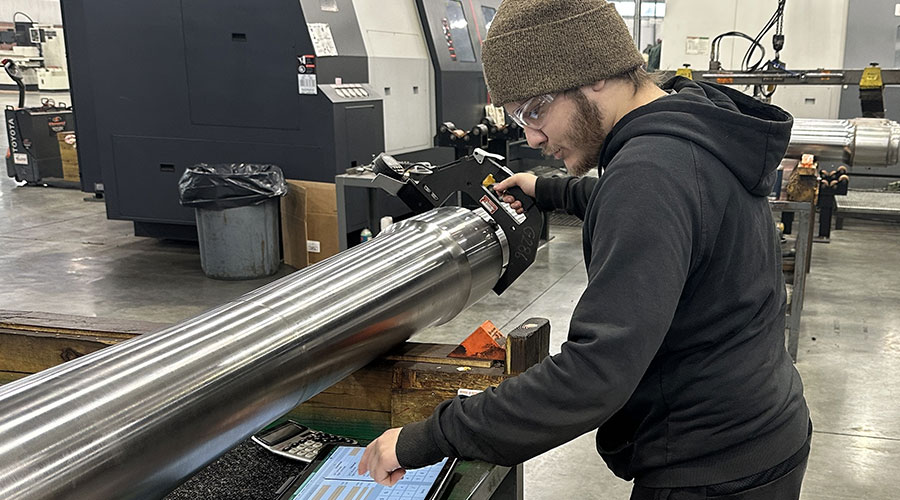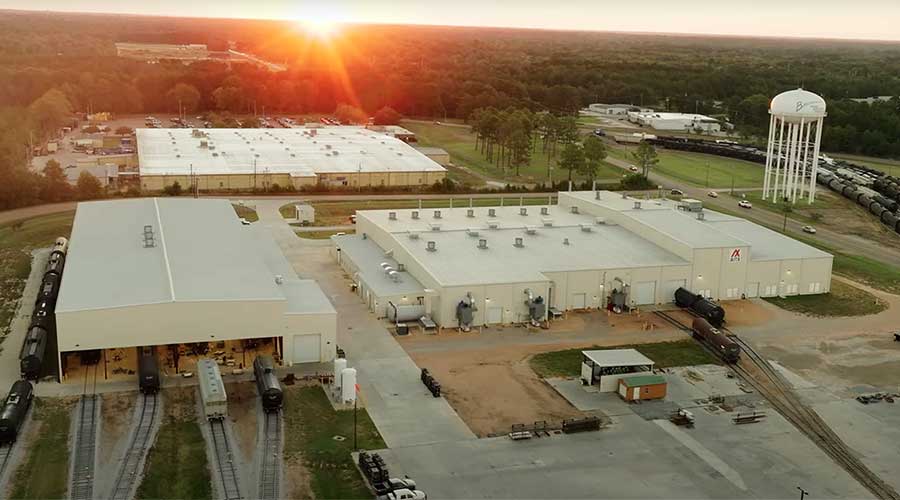Stay updated on news, articles and information for the rail industry
May 2010
Rail News: Rail Industry Trends
Rail-car market: What's in store on the storage and surplus fronts - by Toby Kolstad
by Toby Kolstad
The dramatic decrease in railroad traffic during 2009 caused owners of rolling stock to put a large portion of the national rail-car fleet into storage. As storage space disappeared and storage fees skyrocketed, car owners questioned how long the surplus would last. Lease rates, lease terms and decisions to store or scrap equipment all depend on the answer to this question.
In recent months, there have been several attempts — including one by the Association of American Railroads (AAR) — to determine how many cars were in storage.
At a recent railroad finance conference, many speakers and commentators estimated the total to be around 500,000, or 31.3 percent, of the 1.6 million-car U.S. fleet, with 10 percent more stored in mid-2009 and 10 percent less stored in early 2010. One presenter estimated that the number was even much higher because not all surplus cars actually were stored.
Crunching the Numbers
The AAR measurement was based on a comparison of all car movement records since mid-2009. All cars that were not shown on a train or switch movement in 60 days were deemed to be in storage, including plastic pellet cars and coal cars in maintenance reserve fleets that frequently sit idle for many weeks.
Unfortunately, the AAR did not run a baseline analysis for prior years, and the estimate might be a bit high.
Meanwhile, carload traffic declined almost 20 percent during the first half of the 2009 but recovered during the second half; the final '09 traffic total represented a 16 percent decline compared with 2008's level. It would have been a neat trick if a 16 percent traffic decline idled about 30 percent of the national fleet. However, there are only two scenarios that might explain this situation:
- There were hundreds of thousands of surplus cars before traffic began to decline in late 2008; and/or
- Faster trains and decreased terminal dwell times decreased cycle times, increased car productivity and idled hundreds of thousands of cars in 2009.
Neither scenario appears plausible. Although there was a slight equipment surplus in late 2007, it was not large enough to discourage buyers from ordering 60,000 new cars for delivery in 2008.
As for the improved operating performance of Class I carriers: The increased car fluidity did make redundant all the extra cars that were built to compensate for the slow trains after 2002, but the total was estimated to be less than 36,000 cars before train speeds began to increase in 2006.
Calculating the Surplus
Moreover, the weekly train performance reports from the AAR now show that train speeds are decreasing again as traffic levels rise and the cars idled by 2009's faster trains may be needed again soon.
Fleet managers use standard utilization rates to estimate how many cars are needed for a given traffic level, and the standard rates reflect past fleet and railroad performance when rail-car supply and demand were in balance. Unusually low utilization rates recorded when traffic was low and exceptionally high utilization rates when car shortages were common are not used to determine fleet sizes.
Using this approach to measure actual car needs during the recent traffic downturn, it is possible to determine a theoretical number of surplus rail cars by subtracting the cars needed from the actual cars in the various fleets. The key: setting standard utilization rates for each car type.
The End's In Sight
Using data from 2004 — when traffic had recovered from the last recession — as a baseline for determining standard utilization rates, there were at most 350,000 surplus cars in 2009. At the end of first-quarter 2010, the number was closer to 240,000; by the end of the year, I expect it will be closer to 150,000. And of the latter total, fewer than 100,000 actually will be stored.
The storage situation should begin to improve and, more important, the surplus cars in certain car fleets should begin to disappear before the end of the year — particularly cars that serve the agriculture and chemical sectors.
Unfortunately, surplus cars in other fleets will stay "surplus" well beyond 2010. The good news: At least now, the end is in sight, however long it may take to get there.
Toby Kolstad has been in the railroad industry for more than 30 years, with stints at the Illinois Central Gulf Railroad, Denver & Rio Grande Western Railroad, a car builder and lessor. Currently a consultant on rail-car matters and president of Rail Theory Forecasts L.L.C
Keywords
Browse articles on rail car rail car market Kolstad rail car storage rail car surplusContact Progressive Railroading editorial staff.


 2025 MOW Spending Report: Passenger-rail programs
2025 MOW Spending Report: Passenger-rail programs
 Gardner steps down as Amtrak CEO
Gardner steps down as Amtrak CEO
 Guest comment: Oliver Wyman’s David Hunt
Guest comment: Oliver Wyman’s David Hunt
 Women of Influence in Rail eBook
Women of Influence in Rail eBook
 railPrime
railPrime








